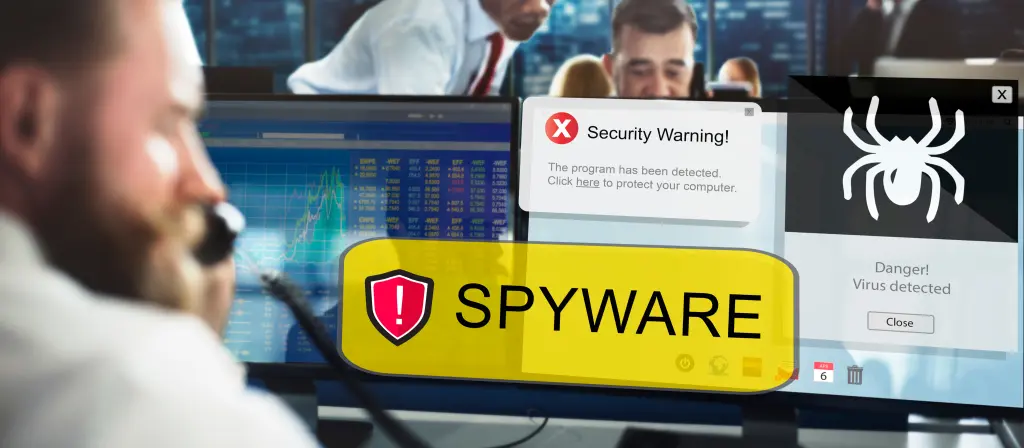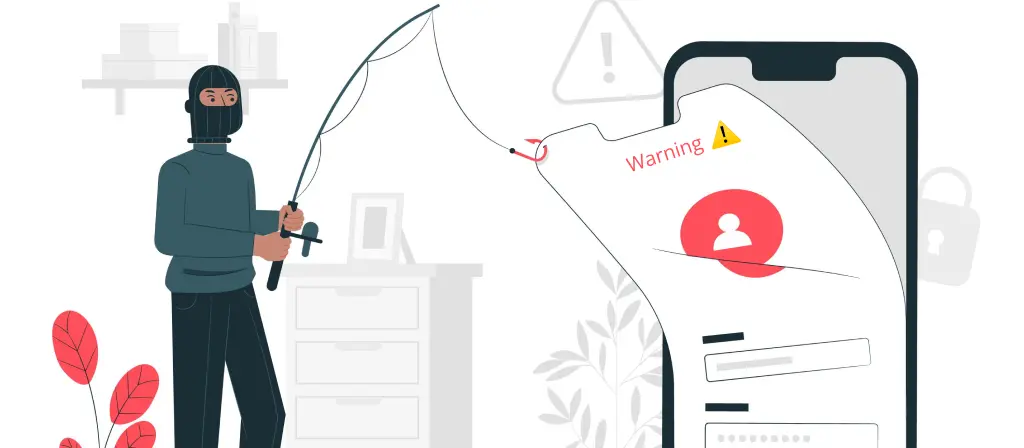
Introduction
While the pandemic brought the work-from-home picture into play, it is here to stay for good. Google, Adobe, and other major companies have announced permanent remote work options for their employees. While this trend adds privacy and alone time in people’s lives, it also reeled in data threats and ransomware.
70% of remote workers reported facing some IT issue, as per a survey by Velocity Smart Technology. Data threats and leaks have become critical issues in the daily operations of businesses. Apart from affecting employees’ personal lives, cybersecurity risks and ransomware pose a severe economic threat to nations.
Recognizing such threats has initiated threat detection and data protection movements in organizations. Major companies are keeping cybersecurity awareness months to enlighten their employees. Fred Voccola, Kaseya’s CEO, said cybersecurity training has now become a need more than a luxury.
Common data threats to remote workers
Ransomware, phishing attacks, and security breaches existed before the pandemic, but the levels were not concerning. But as a significant percentage of the workforce hopped online, the hackers got active. A March 2022 report by Alliance Virtual Offices depicted a 238% increase in cyber-attacks post the pandemic.
The threats attached with remote work cover a wide area, but the 4 most common ones reported are listed below:
1. Phishing attacks
Phishing manipulates victims to share sensitive personal information or download corrupted malware directly into their devices. Phishing attacks have grown by 600% since February 2021 as more workers went online obliviously.
The attacks commonly happen via e-mails, where the hackers pose as legitimate groups trying to entice the victim to gather private information. As workers spend more extensive hours online, they become less aware of the e-mails they receive and more likely to click on malicious links.
2. Lack of skilled security

Data protection in organizations needs a skilled team for proper threat detection. However, 60% of IT leaders commit to struggle sourcing good cybersecurity talent. Employees generally cannot spot a scam or fake e-mails or links and end up risking the organization’s security.
The shortage of skilled security workers threatens the security of companies’ data and all sensitive information. A market research report stated that 35% of employees feel tired working remotely, leading to increased susceptibility to ransomware and data threats.
3. Missing encryption when file sharing

Unaware employees or even corporations often overlook the encryption of data files when sharing and saving them onto different devices. Important files and information gets transferred from one location to the other frequently. But this data can be easily breached in an unencrypted file.
Cybercriminals interrupt these files and gain access to information like financial accounts and consumer data. All documents stolen or intercepted this way can drown a company’s fundamentals in minutes with widespread data leaks or threatening ransomware.
4. Unsecured networks

Businesses cannot keep track of the networks being used by their employees when working remotely. There is a high chance that a certain number of employees are operating under a faulty and unsecured network posing data threats to the company’s store.
Public and even home networks operate without a firewall to prevent malicious malware or suspicious activity. Employees do not have the technical expertise to secure their connections with antivirus software or security upgrades.
How to mitigate cybersecurity risks
An article by Forbes bluntly reported that cybersecurity could not be eliminated entirely. When a company grows and expands its operations, its area under attack increases in proportion. While the threats cannot be removed with 100% effectiveness, there are impactful steps toward data protection that gives relief.
SMBs lose $108,000 per data breach on average. And they are also more susceptible to hacking attacks, given the weaker protection. Thus, spending on following some data protection practices is highly advisable to prevent such losses.
1. Basic Security Controls
Simple measures should be undertaken in every organization to ensure a certain level of security. Employees should be made to use virtual private networks (VPN) to access company data. Their devices used to access the data should have antivirus software installed to aid data protection and threat detection.
Experts also encourage organizations to have a firm password policy for their users to avoid getting exposed to data leaks. Software should be kept up to date at all times to fix bugs in the system for digital safety.
2. Regular Employee Training
Oblivious employees are the main access point to your organization’s data store. Experts at Forbes mention that humans are a primary cause of cybersecurity risks. Security Magazine reports that 3.4 billion phishing e-mails are sent globally. Hackers send e-mails to corrupt the victim’s devices with attacking malware.
Proper cybersecurity training will mitigate the susceptibility to falling for phishing and hacking attacks. Cybersecurity awareness months can effectively alert employees about such data threats. Comprehensive organizational policies should be kept in place regarding sharing of sensitive information.
3. Data Encryptions and backups
Encrypting your files and sensitive data makes it difficult to access by hackers and third parties. Saving without proper encryption can sabotage the data inside your files when being shared across platforms. Encrypted files are also used for threat detection and can alert users in events of tampering.
Losing sensitive data can drain your company financially, especially when the data cannot be recovered. Creating backups for relevant information avoids operational disruptions. Using the 3-2-1 data backup strategy helps shield against potential losses. It involves making at least 3 copies of your data. 2 are to be stored in different media, and 1 in an offsite location.
4. Safety Measures
Companies are setting aside a defined budget for cybersecurity measures. Data protection and threat-hunting practices can be implemented in the daily operations of the company. Installing firewall safety measures in employee devices prevents unauthorized access and provides effective network security.
Using multi-factor authentication saves your sensitive information even in a password leak. It is also vital to keep your security and anti-virus software to work strongly against new threats. These additional safety measures offer extra layers of data protection, securing the company from breaches, hackers, and phishing attacks.
Conclusion
Data breaches impacted 118 million people in H1 of 2021 alone. The numbers are consistently rising as remote work becomes a way of life. It’s known that these cyber crimes cannot be eliminated. But there are data protection and threat-hunting measures organizations can implement to mitigate the risks.
Installing firewalls, conducting employee training sessions, and having regular risk assessment checks promote uninterrupted operations. Remote working cannot exist without proper risk mitigation techniques.




